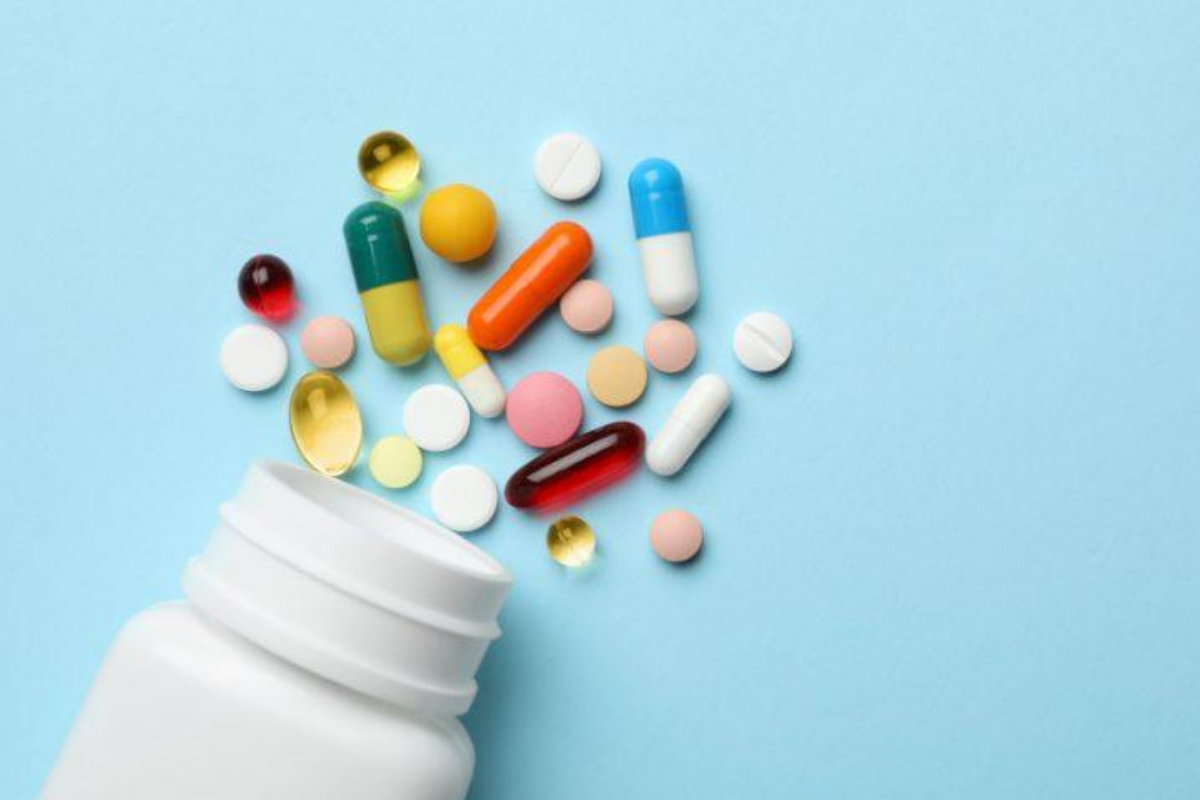Artificial intelligence (AI) has revealed that Halicin, a drug originally developed to treat diabetes, shows strong potential as a powerful weapon against multidrug-resistant (MDR) bacteria.
A recent study published in Antibiotics reveals that researchers used machine learning techniques to rediscover Halicin, which successfully inhibited 17 out of 18 tested multidrug-resistant (MDR) bacterial strains, positioning it as a potential broad-spectrum antibiotic in the fight against superbugs.
The Superbug Threat and the Power of AI in Medicine:
“Superbugs”—bacteria resistant to multiple antibiotics—pose an increasing threat to global health. The World Health Organization (WHO) has labeled the ESKAPE pathogens (Enterococcus faecium, Staphylococcus aureus, Klebsiella pneumoniae, Acinetobacter baumannii, Pseudomonas aeruginosa, and Enterobacter spp.) as top priority threats because they resist nearly all existing treatments.
Traditional antibiotic development takes time and requires significant investment. However, AI is revolutionizing this process by quickly scanning existing drug libraries to uncover hidden therapeutic potentials.
Using this advanced approach, researchers have resurrected Halicin—a compound initially designed to inhibit diabetes-related enzymes—and discovered its novel antibacterial mechanism. Halicin disrupts the bacterial proton-motive force, which is essential for energy production, and it does so in a way that bypasses most known resistance strategies.
Morocco Launches Groundbreaking Study on Superbug Treatment:
In Morocco’s first study of its kind, researchers tested Halicin’s effectiveness against 18 clinically validated multidrug-resistant (MDR) bacterial strains collected from local hospitals. They performed minimum inhibitory concentration (MIC) assays to identify the lowest dose of Halicin required to stop bacterial growth.
To ensure accurate results, the team used standard strains of Staphylococcus aureus and Escherichia coli as control benchmarks. They followed EUCAST and CLSI guidelines for bacterial susceptibility testing. Additionally, they used scanning electron microscopy (SEM) to observe Halicin’s impact on bacterial structure, focusing particularly on E. coli.
Key Findings:
Halicin inhibited 94% of the tested multidrug-resistant (MDR) strains, including the standard Staphylococcus aureus and Escherichia coli strains. For most clinical MDR isolates (excluding one), minimum inhibitory concentration (MIC) values ranged between 32 and 64 µg/mL. The control strains showed MICs of 16 µg/mL for E. coli and 32 µg/mL for S. aureus.
However, Pseudomonas aeruginosa emerged as a major outlier, showing complete resistance to Halicin. Researchers attributed this resistance to the bacterium’s strong outer membrane, which likely prevents Halicin from penetrating the cell.
Halicin stands out for its unique mechanism of action. Instead of targeting the bacterial cell wall or protein synthesis like most antibiotics, it disrupts bacterial energy production by interfering with the proton-motive force. This mechanism may reduce the chances of bacteria developing resistance. “You can make really good stuff – fast,” said researcher Samir Mallal, highlighting AI’s ability to accelerate innovation without compromising quality.
Future Outlook:
Although Halicin’s results appear promising, researchers emphasize the need for further studies to evaluate its pharmacokinetics, toxicity, and effectiveness in living organisms. They urge continued monitoring to detect any emergence of resistance as the drug progresses through development.
This breakthrough highlights AI’s potential to revive dormant drugs and address urgent gaps in modern medicine. As antibiotic resistance rises and traditional drug pipelines struggle, Halicin marks a new frontier in AI-driven drug discovery.
By repurposing an old anti-diabetic drug with the help of advanced AI, scientists may have uncovered a powerful new weapon in the global fight against superbugs. This study proves that AI-powered drug discovery is not just a concept—it’s a practical and impactful approach to tackling one of the most pressing challenges in modern healthcare.
[embedpost slug=”are-ai-tools-spying-on-you-the-answer-is-here/”]





















